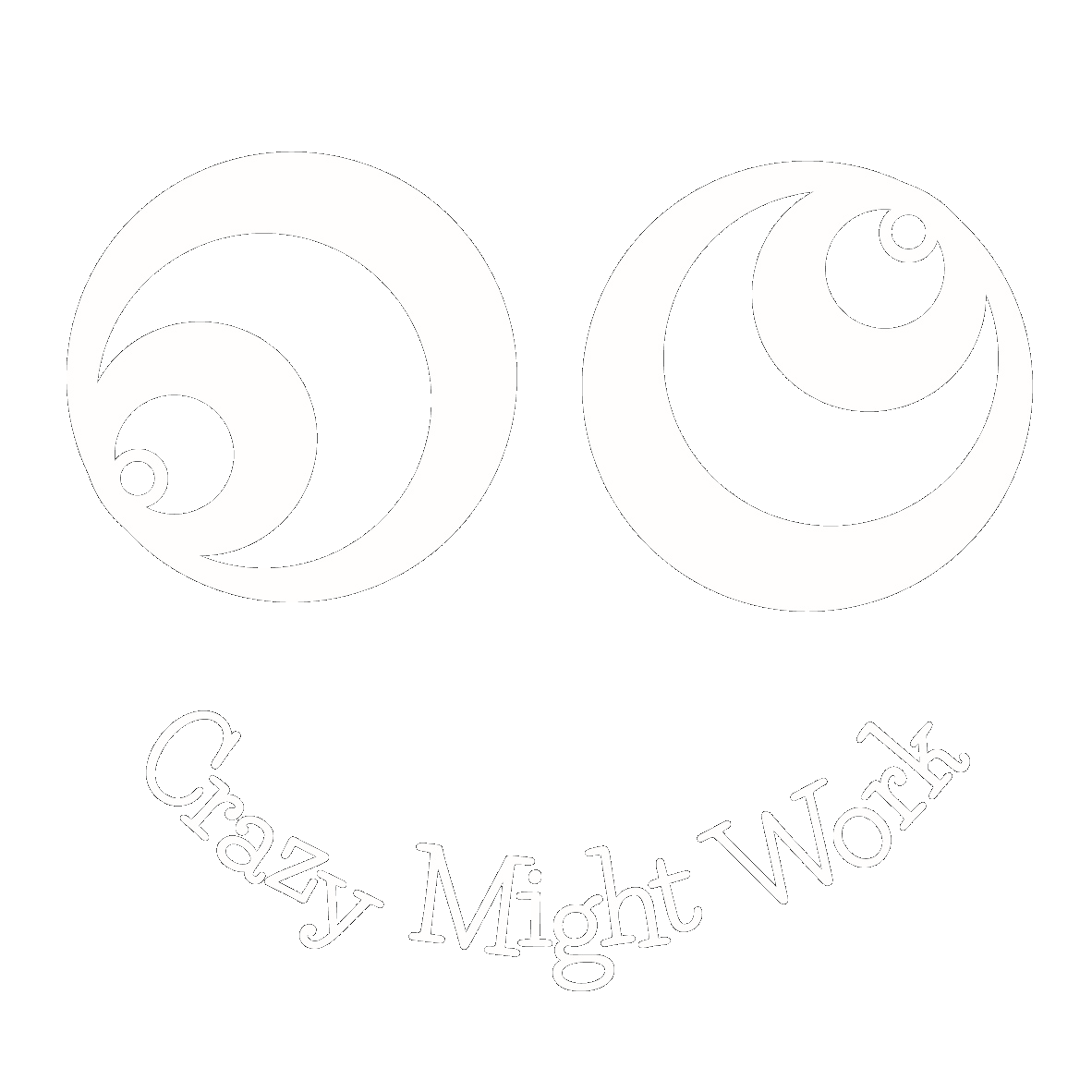Jason Yu, Director, Strategy & Innovation ANZ – AT&T
In the words of Jason Yu, “Technology is eating every industry”. In 2016, the top 5 publicly-traded companies were tech companies (Apple, Alphabet, Microsoft, Amazon and Facebook) displacing the energy, banking and multinational conglomerates that had occupied these slots since 2001 (Microsoft excepted).
Drawing on Charles Darwin’s premise that, “It is not the strongest of the species that survive, nor the most intelligent, but the one most responsive to change”, AT&T has had to re-imagine itself multiple times in its 140 year history, transitioning from being the worlds’ largest telecommunications company, to a global leader in Telecommunications, Media and Technology (TMT).
So how does an iconic company, founded by Alexander Graham Bell over 140 years ago, adapt to the ‘tech revolution’? With 280,000 employees (more than the population of Hobart) and an average tenure of 20 years, how do you remain nimble enough to keep adapting and attract the best and brightest computer scientists, architects and cyber-security experts?
According to Jason Yu, Culture and Collaboration are key:
Culture
AT&T realised that, to drive that culture of change, you need to become a ‘learning’ organisation’, with a focus on educating and reskilling employees.
Collaboration:
AT&T built an internal collaboration platform, to enable their employees to lodge ideas and create products and services but soon realised that this would not be sufficient to drive innovation at the level required, so they took the leap and began releasing inventions and software to the market as open-source, to foster accelerated, game-changing innovation.
In 2010, AT&T went a step further, establishing the AT&T Foundry to “bring AT&T innovators into a collaborative environment with industry technology providers, developers and start-ups in order to move ideas to market faster”. With six sites, each situated close to a university and fitted out with all the latest tech, the foundries released over 500 projects in the ensuing period. Examples that have changed lives include:
Drones: AT&T now use drones to carry out visual inspections of 63,000 cell towers across the US, improving efficiency and keeping technicians safe. Given that they no longer need to climb each tower to conduct checks, more technicians now return safely to their families without incident. AT&T drones also act as Flying COWS (Cell Tower On Wings) providing digital and telephony services in disaster situations. In the aftermath of Hurricane Maria in 2017, these drones provided temporary data, voice and text services to the people of Puerto Rico.
Wearables: AT&T and Aria (a start-up of around 50 people) collaborated to develop remote assistance wearable tech glasses for blind and visually-impaired people. Through the Foundry, AT&T were able to pull in design engineers and technical experts, as well as product development managers to advise on how to scale the product and provide full life-cycle client support.
AT&T’s re-imagined purpose is, “To connect people with their world, everywhere they live and work, and do it better than anyone else”. The preceding examples bring this purpose to life, arguably bestowing the gifts of ‘flight’ and ‘sight’ on individuals and, in the words of futurist and writer Arthur C Clarke, “Any sufficiently advanced technology is indistinguishable from magic.”


